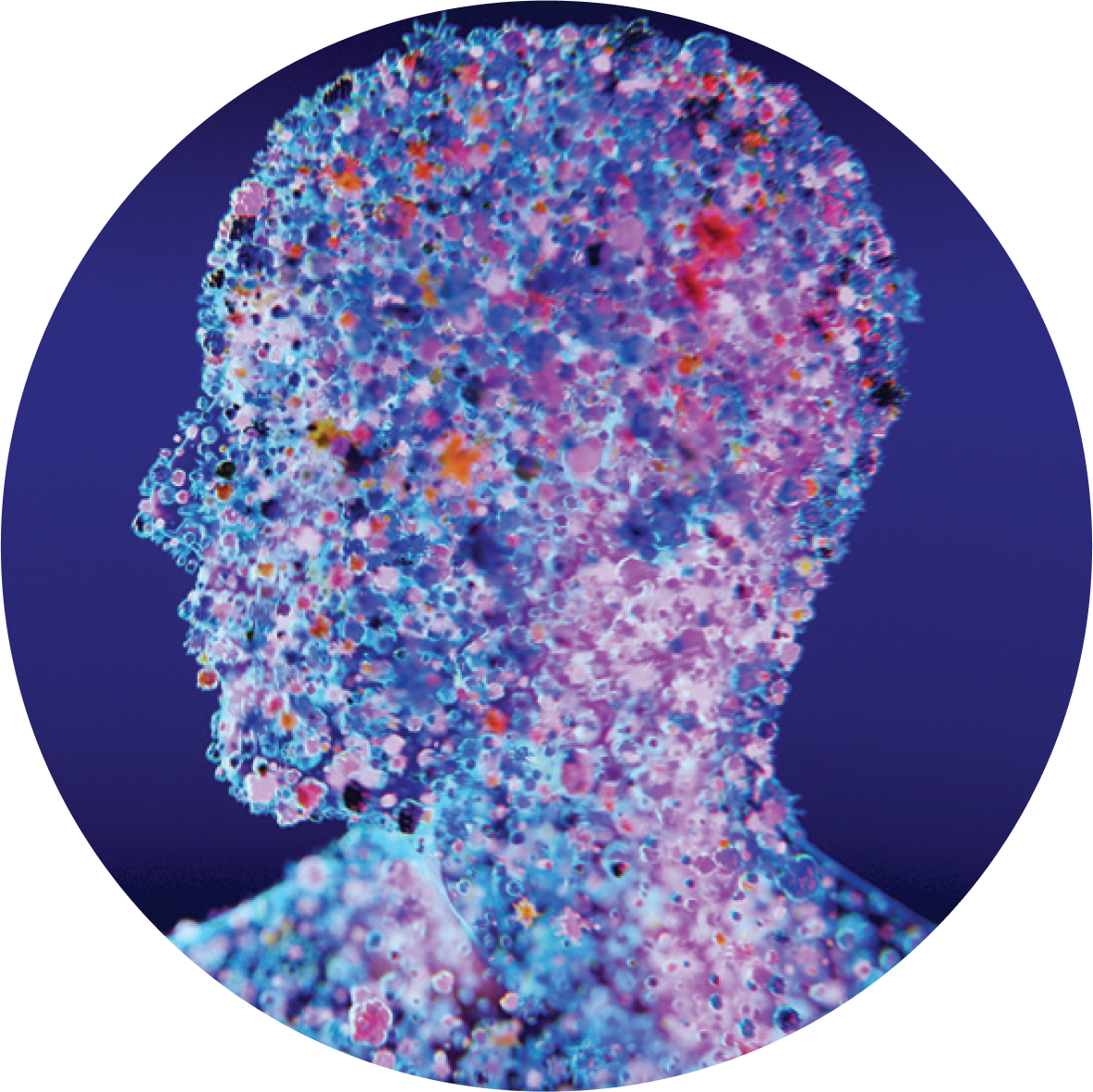
Item Subtitle 1
CyTOF® XT System allows researchers to dive deep into single-cell proteomics by detecting over 50 markers simultaneously, revealing both surface and functional proteins in a single analysis. This unparalleled insight empowers researchers to fully explore the heterogeneity of cell populations.
Overview
CyTOF® XT System allows researchers to dive deep into single-cell proteomics by detecting over 50 markers
Overview
CyTOF® XT System allows researchers to dive deep into single-cell proteomics by detecting over 50 markers
Overview
CyTOF® XT System allows researchers to dive deep into single-cell proteomics by detecting over 50 markers
Our Work
Overview
Overview
Our Work
Traditional flow cytometry is constrained

CyTOF XT automates much of the workflow, significantly reducing the hands-on time required by researchers and enabling the processing of large numbers of samples efficiently, without sacrificing data quality.
CyTOF is Unconstrained
Our Work
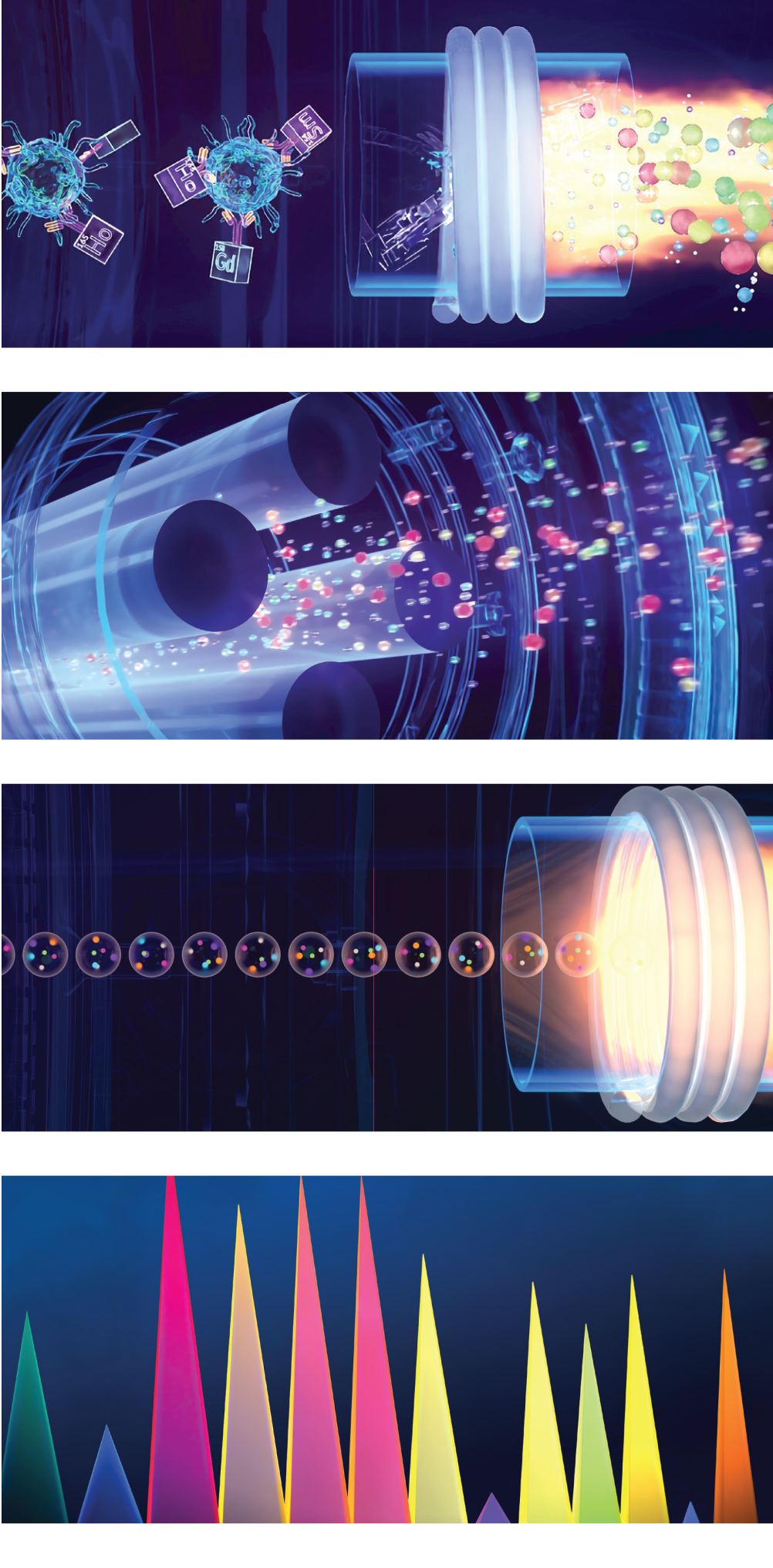

Using metal isotopes rather than fluorescent dyes, CyTOF eliminates the common issue of spectral overlap found in traditional flow cytometry, providing cleaner and more precise data without the need for compensation.
Our Work
Using metal isotopes rather than fluorescent dyes, CyTOF eliminates the common issue of spectral overlap found in traditional flow cytometry, providing cleaner and more precise data without the need for compensation.
CyTOF XT automates much of the workflow, significantly reducing the hands-on time required by researchers and enabling the processing of large numbers of samples efficiently, without sacrificing data quality.
Our Work
Our Work
With the Maxpar® Direct Immune Profiling Assay™, researchers can measure 37 immune cell populations using a simple single-tube workflow, providing detailed insights into immune function and facilitating faster, more informed decision-making in both preclinical and clinical settings.
Jennifer Snyder-Cappione, PhD
Assistant Professor of Virology,
Immunology & Microbiology
Boston University School of Medicine
Traditional flow cytometry faces limitations such as spectral overlap, limited multiplexing (typically fewer than 20 markers), and the need for multiple rounds of staining. This results in a higher chance of experimental error, longer processing times, and incomplete data.
Traditional flow cytometry faces limitations such as spectral overlap, limited multiplexing (typically fewer than 20 markers), and the need for multiple rounds of staining. This results in a higher chance of experimental error, longer processing times, and incomplete data.
Limitations
Spectral Overlap
< 20 Markers
Staining Redundancy
Limitations
Spectral Overlap
< 20 Markers
Staining Redundancy
Traditional flow cytometry faces limitations such as spectral overlap, limited multiplexing (typically fewer than 20 markers), and the need for multiple rounds of staining. This results in a higher chance of experimental error, longer processing times, and incomplete data.
Remove the limitations.
Limitations
Spectral Overlap
< 20 Markers
Staining Redundancy
Our Work
Remove the limitations.
CyTOF XT removes these limitations with its unique scale and high signal resolution, allowing researchers to simultaneously detect over 50 markers without spectral overlap. This provides a higher-content, more reliable dataset in a single analysis, leading to faster, more accurate insights into complex cellular behaviors.
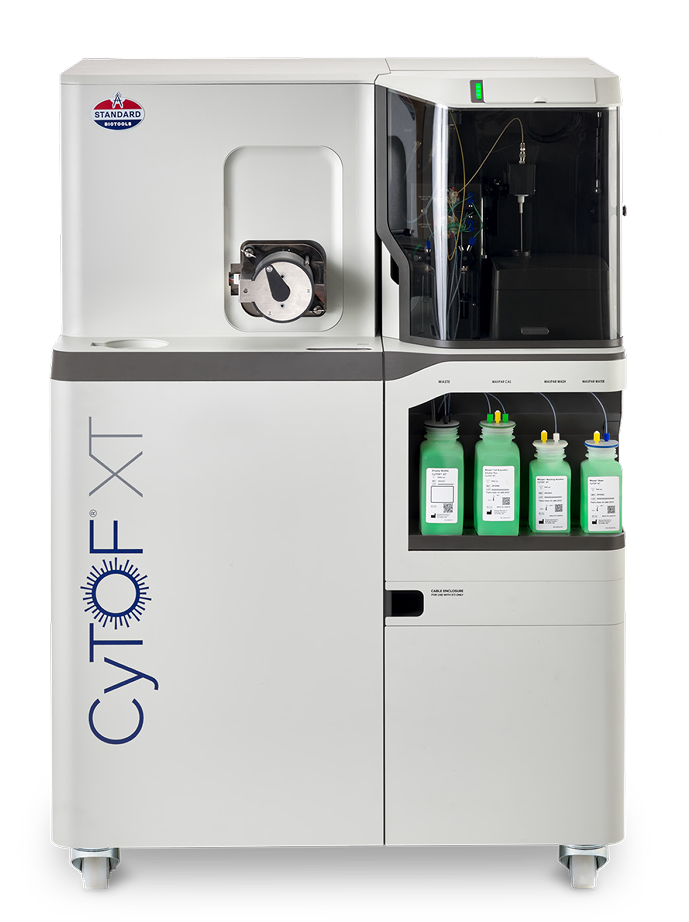

Item Subtitle 1
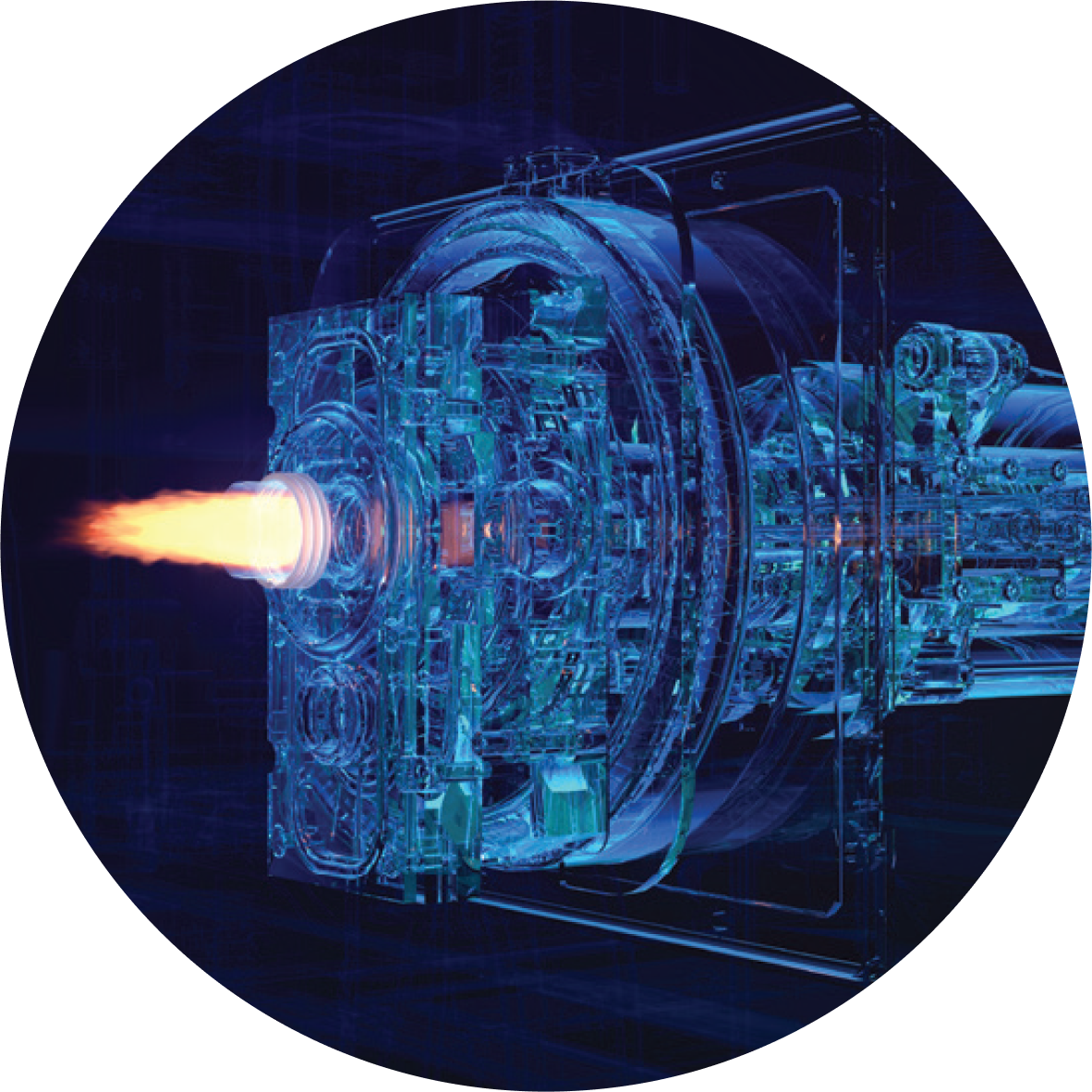
Item Subtitle 2
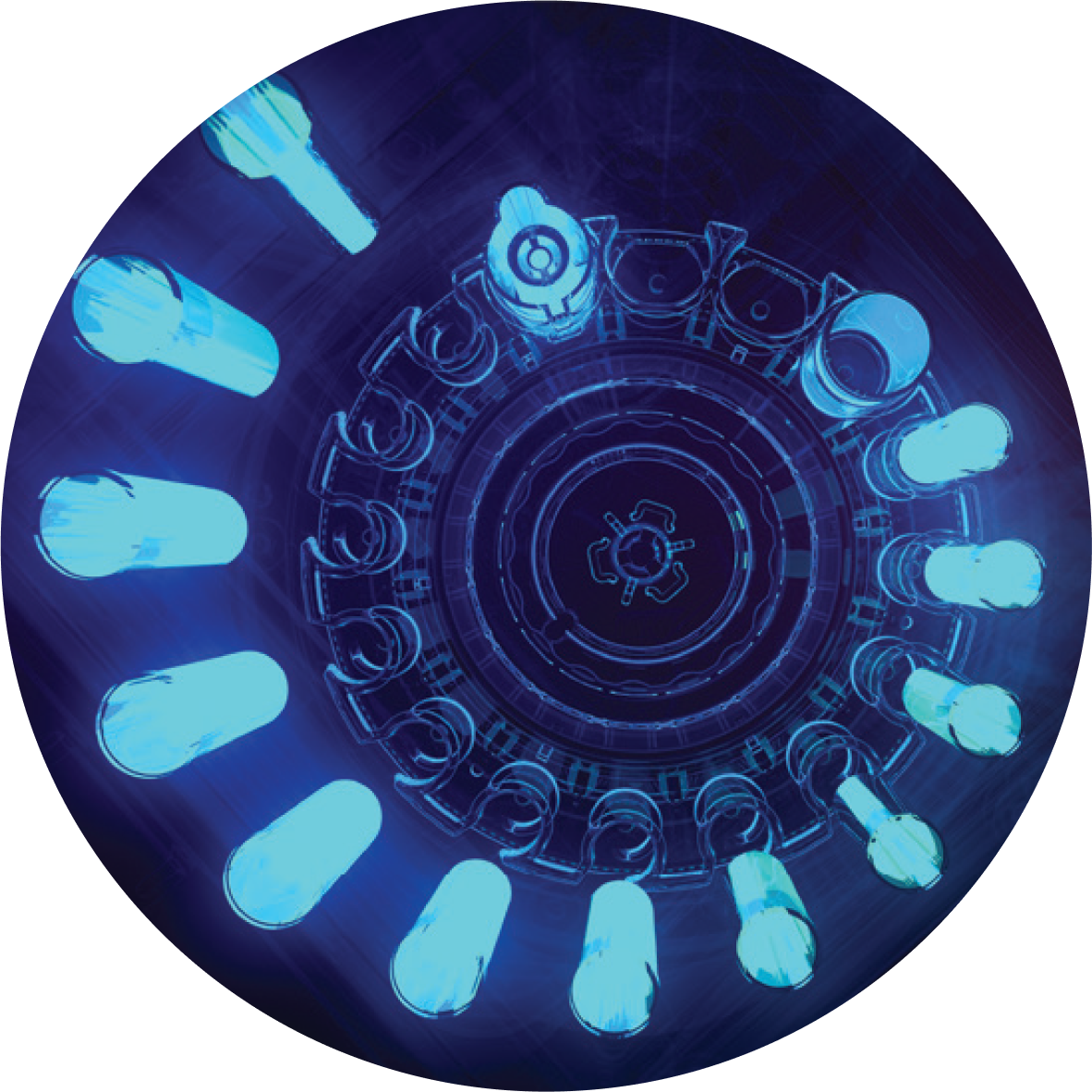
Item Subtitle 2

CyTOF XT removes these limitations with its unique scale and high signal resolution, allowing researchers to simultaneously detect over 50 markers without spectral overlap. This provides a higher-content, more reliable dataset in a single analysis, leading to faster, more accurate insights into complex cellular behaviors.
Lorem ipsum dolor sit amet, consectetur adipiscing elit. Mauris tempus nisl vitae magna pulvinar laoreet.
Lorem ipsum dolor sit amet, consectetur adipiscing elit. Mauris tempus nisl vitae magna pulvinar laoreet.
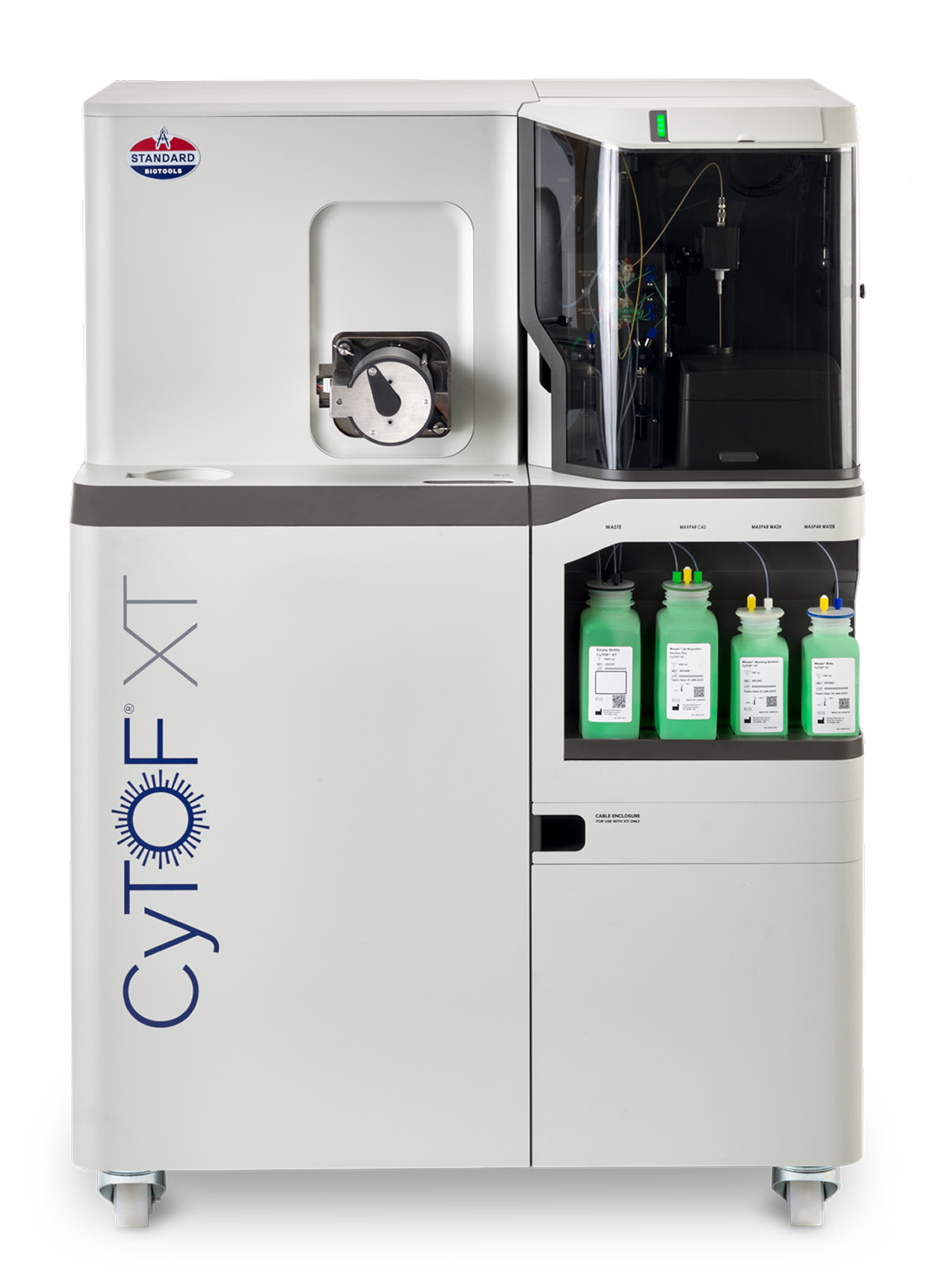
Lorem ipsum dolor sit amet, consectetur adipiscing elit. Mauris tempus nisl vitae magna pulvinar laoreet.
Lorem ipsum dolor sit amet, consectetur adipiscing elit. Mauris tempus nisl vitae magna pulvinar laoreet.
Our Work
Overview
CyTOF XT automates much of the workflow, significantly reducing the hands-on time required by researchers and enabling the processing of large numbers of samples efficiently, without sacrificing data quality.
Overview
Using metal isotopes rather than fluorescent dyes, CyTOF eliminates the common issue of spectral overlap found in traditional flow cytometry, providing cleaner and more precise data.
Overview
With the Maxpar® Direct Immune Profiling Assay™, researchers can measure 37 immune cell populations from a single tube of blood, providing detailed insights into immune function and facilitating faster, more informed decision-making in both preclinical and clinical settings.
The only plasma proteomics solution on the market that scales 11,000 proteins with CVs of approximately 5%.
The only single-cell proteomic platform that can capture highly multiplexed (50) surface and functional markers simultaneously.
The only spatial proteomic platform that can capture the necessary dynamic range of 40+ markers simultaneously, with up to 100x throughput vs. cyclic immunofluorescence.
The only walk-away automated benchtop qPCR and library prep platform that combines multiple assays in a single run.
Our Work
Overview
Overview
Overview
A collection of metal-conjugated antibodies used for labeling specific cell markers in CyTOF XT, enabling in-depth analysis across various applications.
Jennifer Snyder-Cappione, PhD
Assistant Professor of Virology,
Immunology & Microbiology
Boston University School of Medicine
Our Work
Jennifer Snyder-Cappione, PhD
Assistant Professor of Virology,
Immunology & Microbiology
Boston University School of Medicine
Our Work
Our Work
Our CyTOF® XT Systems allows researchers to dive deep into single-cell proteomics by capturing highly multiplexed surface and functional markers simultaneously, uncovering unique biomarkers with precision. This unparalleled insight empowers researchers to fully explore the heterogeneity of cell populations.


Jennifer Snyder-Cappione, PhD
Assistant Professor of Virology,
Immunology & Microbiology
Boston University School of Medicine
Our Work
Jennifer Snyder-Cappione, PhD
Assistant Professor of Virology,
Immunology & Microbiology
Boston University School of Medicine